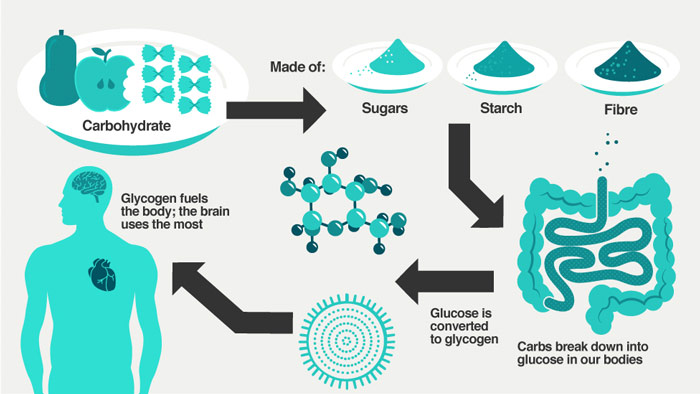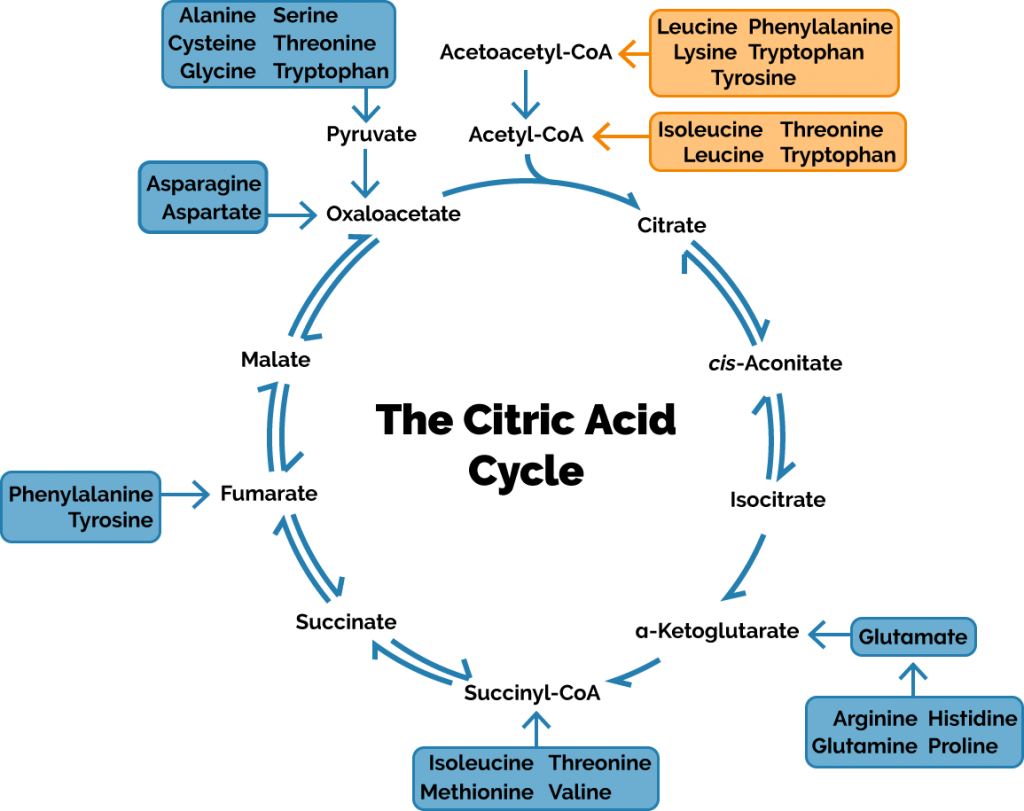does protein turn to carbs Can we convert fats into carbohydrates?
Are you tired of hearing conflicting advice about carbohydrates? One day they’re labeled as the enemy, and the next they’re praised as an essential part of a balanced diet. Well, I’m here to clear up the confusion and give you the lowdown on carbs. So, let’s dive right in!
Carbs Turn to Sugar: Fact or Fiction?
 One common misconception about carbs is that they quickly turn into sugar in our bodies. While it’s true that carbs are broken down into sugars in the digestive process, it doesn’t mean they are instantly transformed into unhealthy sugar bombs. Our bodies are incredibly complex, and the rate at which carbs are converted into sugar depends on various factors like the type of carb, portion size, and individual metabolism.
One common misconception about carbs is that they quickly turn into sugar in our bodies. While it’s true that carbs are broken down into sugars in the digestive process, it doesn’t mean they are instantly transformed into unhealthy sugar bombs. Our bodies are incredibly complex, and the rate at which carbs are converted into sugar depends on various factors like the type of carb, portion size, and individual metabolism.
Understanding the Carbohydrate Breakdown Cycle
 To better understand how carbs affect our bodies, let’s take a closer look at the carbohydrate breakdown cycle. When we consume carbs, they are broken down into glucose, which our body uses for energy. Excess glucose is stored as glycogen in the liver and muscles. This stored glycogen serves as a source of energy when we need it, like during intense workouts or fasting periods.
To better understand how carbs affect our bodies, let’s take a closer look at the carbohydrate breakdown cycle. When we consume carbs, they are broken down into glucose, which our body uses for energy. Excess glucose is stored as glycogen in the liver and muscles. This stored glycogen serves as a source of energy when we need it, like during intense workouts or fasting periods.
It’s essential to choose the right types of carbohydrates to fuel our bodies effectively. Whole grains, fruits, vegetables, and legumes are complex carbs that take longer to digest, providing a steady release of energy throughout the day. On the other hand, simple carbs like sugary snacks and refined grains are quickly digested, leading to a rapid spike in blood sugar levels followed by a crash.
The Importance of Balanced Nutrition
Now that we’ve clarified the role of carbs let’s not forget that all macronutrients play a crucial part in our overall health. Carbs, proteins, and fats all have unique functions and are necessary for our wellbeing. Restricting or eliminating any of these macronutrients from our diet can lead to imbalances and potential health issues.
It’s important to find a balance that works for you. Moderation is key when it comes to carbs. Instead of fearing them, focus on consuming a variety of healthy carbs in appropriate portions. This way, you’ll provide your body with the energy it needs without going overboard.
Remember, all bodies are different, so it’s essential to listen to your own and work with a qualified nutritionist or dietitian if you have specific dietary requirements or goals. They can guide you in creating a personalized plan that suits your needs.
So, the next time you hear someone demonizing carbs or glorifying them as a magical solution, take it with a grain of salt. Carbs are an essential part of a well-rounded diet, and when consumed mindfully, they can contribute to your overall health and vitality.
Stay informed, stay healthy!
If you are searching about Can We Convert Fats Into Carbohydrates? - Climbing Nutrition you’ve came to the right place. We have 5 Pics about Can We Convert Fats Into Carbohydrates? - Climbing Nutrition like Does Eating Protein Make You Fat? – We Are Eaton, Can We Convert Fats Into Carbohydrates? - Climbing Nutrition and also Does Eating Protein Make You Fat? – We Are Eaton. Here it is:
Can We Convert Fats Into Carbohydrates? - Climbing Nutrition
 www.climbingnutrition.cominto carbohydrates convert fats cycle acid citric
www.climbingnutrition.cominto carbohydrates convert fats cycle acid citric
Does Eating Protein Make You Fat? – We Are Eaton
 www.weareeaton.comHow Does Protein Turn Into Ammonia
www.weareeaton.comHow Does Protein Turn Into Ammonia
 studylib.netWhat Does IIFYM Mean? - A Guide To Flexible Dieting For Fat Loss
studylib.netWhat Does IIFYM Mean? - A Guide To Flexible Dieting For Fat Loss
 heyspotmegirl.comcarbs fat does carbohydrate loss breakdown uses simple carb carbohydrates energy body brain iifym complex cycle flexible dieting mean guide
heyspotmegirl.comcarbs fat does carbohydrate loss breakdown uses simple carb carbohydrates energy body brain iifym complex cycle flexible dieting mean guide
Everything 4:13: A Letter To 244 Lb.me-Part 2
 everything413.blogspot.comsugar carbs turn bad hunger fat into cause carbohydrates turns foods food diabetes hcg diet cravings everything loss
everything413.blogspot.comsugar carbs turn bad hunger fat into cause carbohydrates turns foods food diabetes hcg diet cravings everything loss
Does eating protein make you fat? – we are eaton. Can we convert fats into carbohydrates?. Carbs fat does carbohydrate loss breakdown uses simple carb carbohydrates energy body brain iifym complex cycle flexible dieting mean guide